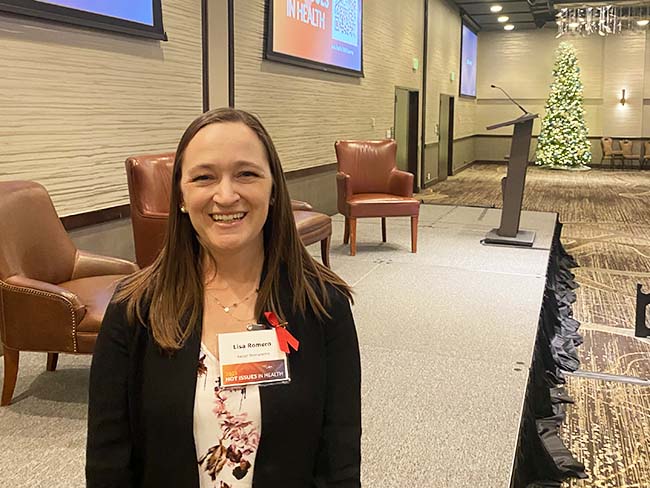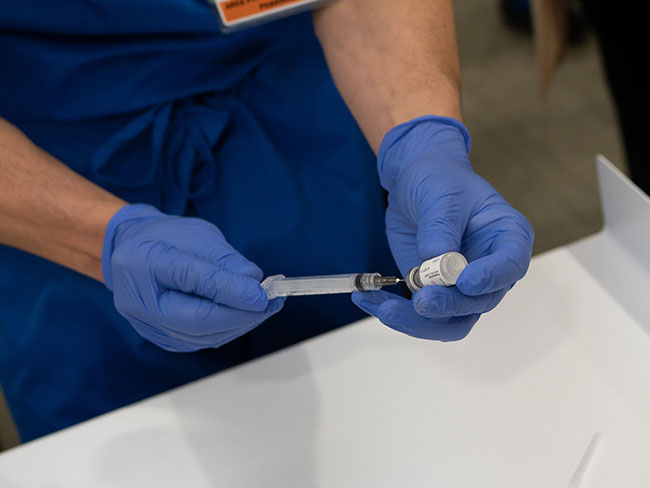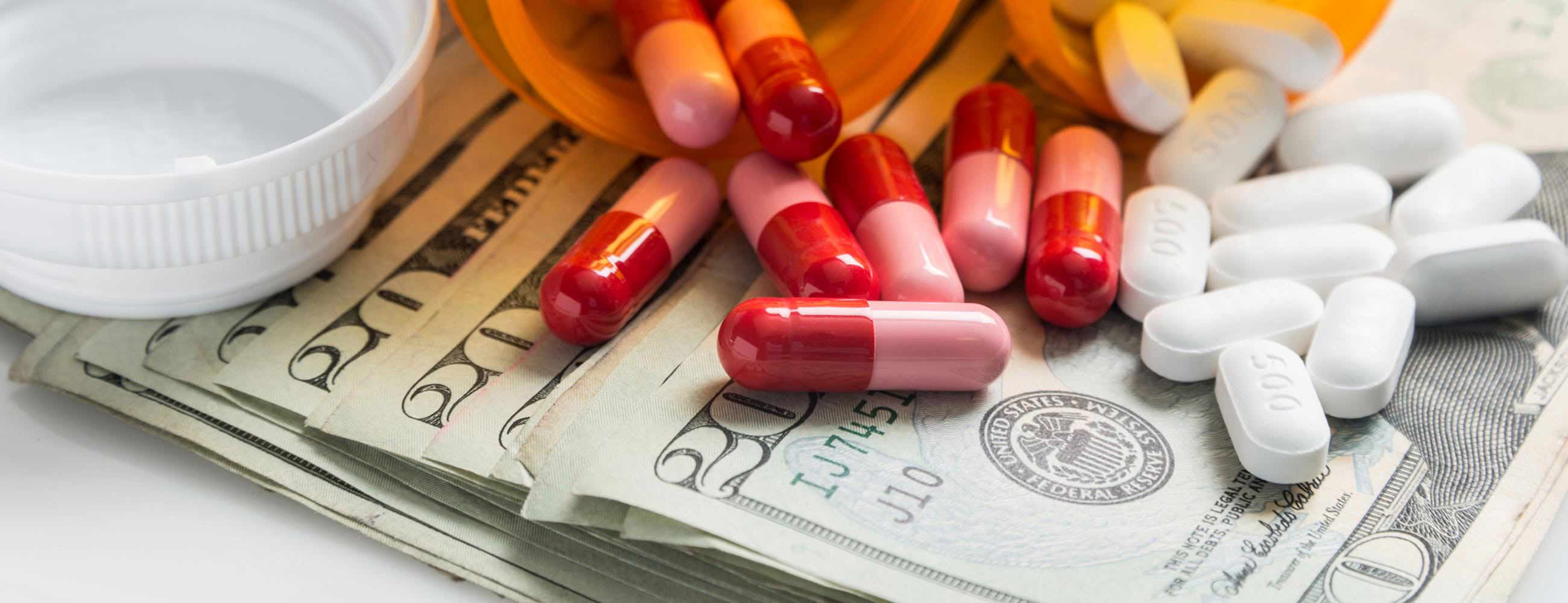Our prescription for safe, effective, more affordable drugs
Our approaches ensure effectiveness and safety, and drive cost savings. We encourage lawmakers to look to our successes to see what’s possible.
As Congress continues to search for ways to make prescription drugs more affordable, Americans spend more on drugs than anyone else in the world. In fact, half of new drugs introduced in 2020 and 2021 cost more than $150,000 per year.
In addition to controlling costs, ensuring the quality and safety of prescription drugs is paramount. Between 2001 and 2010, a safety issue was identified in nearly 1 in 3 drugs after being approved by the Food and Drug Administration, according to one study, highlighting the importance of continuous monitoring of the safety of new drugs.
The prescription drug market is rife with problems; but many can be overcome with the right public policies in place. Our experience at Kaiser Permanente shows what is possible when evidence, safety, and value are our guides.
Policy changes we support
Foremost, we support an array of policy positions designed to make prescription drugs more effective, safe, and affordable. We urge lawmakers to:
- Do more to encourage prescribing based on evidence. For example, the Federal Trade Commission should crack down on disinformation spread by drug companies about the quality and effectiveness of generic drugs and biosimilars.
- Continue efforts to ensure health care organizations pay for prescription drugs based on their value, and not on an arbitrary high price set by the manufacturer. We support Medicare negotiating drug prices, as outlined in the Inflation Reduction Act, as a strong beginning step.
- Ensure the FDA can develop and maintain an effective system for detecting post-market efficacy and safety concerns.
- Reform the U.S. patent system and address other anti-competitive practices to help break up the monopolies drug companies hold that give them the ability to set high prices and block competition for years.
- Consider creative solutions for preventing drug shortages and improving the resilience of our nation’s prescription drug supply chain.
At Kaiser Permanente, we provide our members with safe, high-quality medication at the best possible value for their dollar. We do this by prescribing based on evidence, negotiating drug prices, using generics and biosimilars, and tracking safety and outcomes.
The importance of prescribing based on evidence
We take an evidence-based approach to medication selection. Our clinical pharmacists and physicians evaluate each medication’s clinical value and safety. To do this, they review evidence from published clinical trials and from our own electronic health record system. From that review, we develop our prescription drug formulary (our list of drugs we prefer for coverage for and use by our members). This process gives our physicians and other prescribers confidence in our formulary.
We also significantly restrict visits from pharmaceutical sales representatives who market their products directly to clinicians. Instead, our experts provide internal, unbiased information about medications to inform our formulary and prescribing decisions.
The importance of negotiating prices based on drug value
After we’ve set our list of safe, effective drugs, we buy them directly from drug manufacturers. We’re unique among health care organizations because we buy and dispense prescription drugs.
Thanks to our size and ability to effectively use preferred products, we’re able to negotiate for the lowest price possible. We also buy drugs from a variety of drug manufacturers. This helps us secure adequate supplies for our members.
Our approach avoids the complexity and opaqueness often experienced by other health plans that rely on pharmacy benefit managers, known as PBMs, to manage the prescription drug benefit for their members. Our approach to drug purchasing is straightforward, without heavy reliance on intermediaries.
The importance of embracing generics and biosimilars
Because we decide which drugs to cover based on how well they work and how safe they are, we actively encourage the use of generic and biosimilar drugs. We prescribe generic and biosimilar drugs at rates higher than the national average.
Generics are essentially identical versions of brand-name drugs. Biosimilars are very similar alternatives to branded biologic drugs. Both are less expensive and equally effective options. As an added level of safety, Kaiser Permanente also does its own testing of select generic medications to ensure they meet quality and purity standards.
We’ve saved $200 million by switching to biosimilars for some cancer care. We’ve also switched most of our members to the newest biosimilar alternative to Humira. Humira is a prescription injection used to treat rheumatoid arthritis and other conditions. It has a list price of nearly $7,000 per month. This switch is projected to save Kaiser Permanente close to $300 million this year alone. These savings translate to lower costs for our members and employer groups.
The importance of tracking safety and outcomes
Our electronic health record system allows us to monitor the safety and effectiveness of the drugs we prescribe. These data protect not only our members but everyone. For example, our data informed early concerns about the safety of the arthritis drug Vioxx, which was subsequently pulled from the market.
Pharmacists have access to a patient’s full electronic health record and the member’s provider if questions or concerns arise, improving the safety of our medication use processes. Our pharmacists actively track medication adherence for patients with chronic conditions and regularly communicate with them on how to take their medications most effectively.
Every patient deserves access to high-quality, affordable drugs when they’re needed. Learn more about the prescription drug policies we support.














































